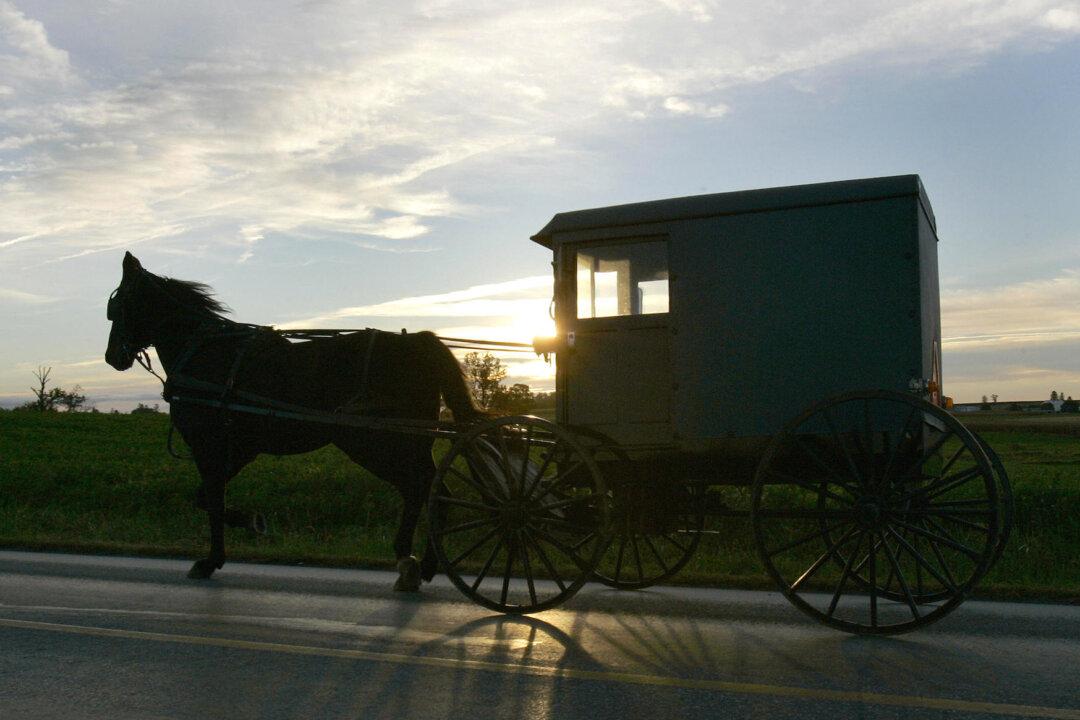Amish and Mennonite communities in a Pennsylvania county may have reached immunity for the CCP virus, according to a local health official.
Allen Hoover, an administrator at the Parochial Medical Center in the heart of the Amish community in Lancaster County’s New Holland Borough, said he believes as many as 9 in 10 households in the local Amish and Mennonite communities have had at least one family member contract the CCP virus, which causes COVID-19.





